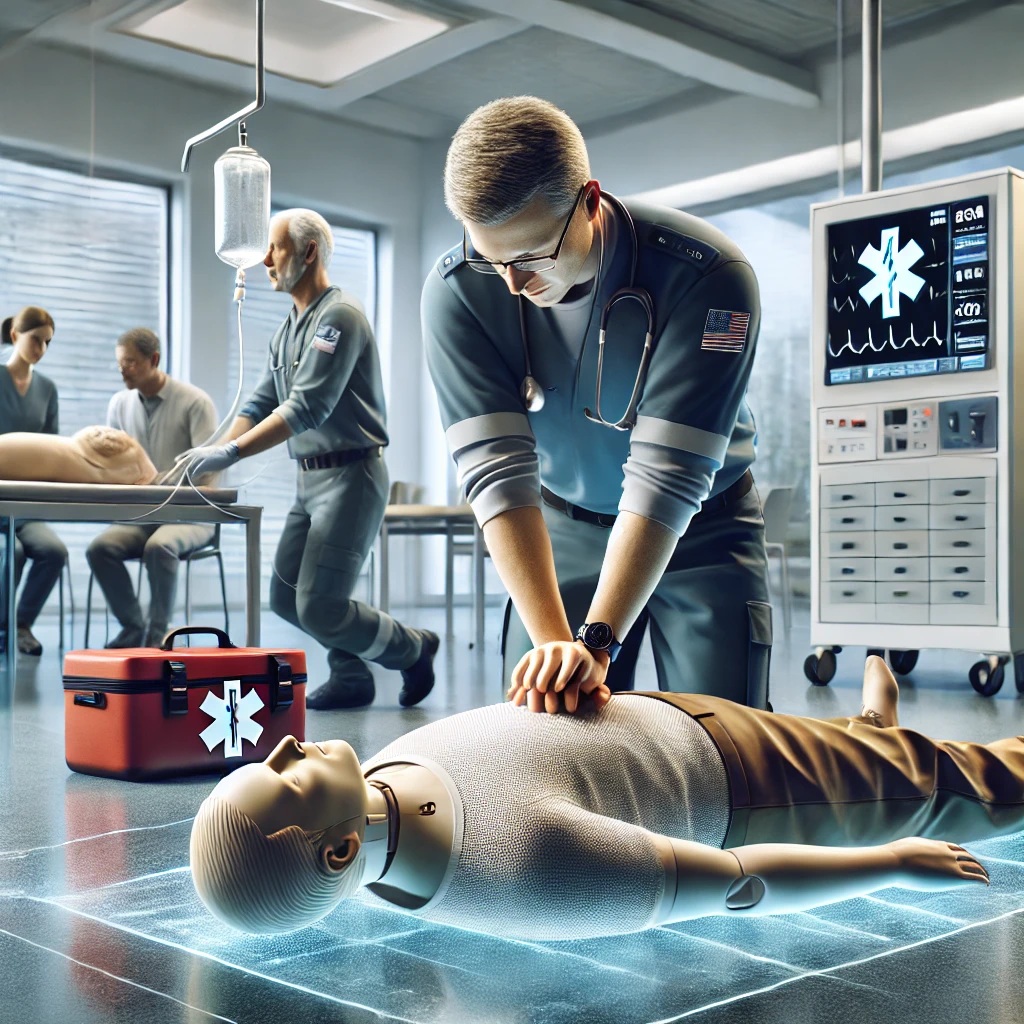
Introduction
Basic Life Support (BLS) training equips individuals with vital skills to save lives during emergencies. Whether you’re a healthcare professional, caregiver, or just someone who wants to be prepared, understanding the prerequisites for BLS enrollment is crucial. This article Basic life support course provides a comprehensive guide to ensure you’re ready to embark on this life-saving journey.
What is Basic Life Support?
BLS focuses on fundamental life-saving techniques, including CPR (Cardiopulmonary Resuscitation), AED (Automated External Defibrillator) use, and handling choking incidents. It’s ideal for scenarios requiring immediate action before advanced medical help arrives.
Prerequisites for Enrolling in a BLS Course
Here’s a detailed breakdown of the key prerequisites for joining a BLS course:
1. Age Requirements
- Most BLS courses are open to individuals aged 16 years or older.
- Younger participants may need parental consent, depending on the training provider.
2. Physical Capability
- Participants should be able to:
- Perform CPR, which involves repeated chest compressions.
- Operate an AED device.
- Ensure you’re physically fit, as these activities require stamina and strength.
3. Educational Background
- No formal medical education is required.
- A basic understanding of English is necessary to comprehend course materials and instructions.
4. Certification Prerequisites
- Some advanced BLS courses may require prior completion of a standard first aid or CPR course.
- Verify with your provider if refresher courses are necessary for re-certification.
5. Access to Technology
- For online or hybrid courses:
- A computer or tablet with internet access.
- Basic computer literacy to navigate the online platform.
6. Registration Requirements
- Ensure to provide:
- A valid ID.
- Necessary documentation (e.g., proof of prior certifications if applicable).
- Timely payment of course fees to confirm enrollment.
7. Compliance with Health and Safety Standards
- Some institutions may require proof of COVID-19 vaccination or a negative test result, depending on local health regulations.
Steps to Prepare for a BLS Course
- Choose the Right Provider
- Look for courses accredited by organizations like the American Heart Association (AHA) or Red Cross for high-quality training.
- Review Course Format
- Decide between:
- In-person training: Ideal for hands-on practice.
- Online modules: Convenient for busy schedules.
- Blended options: Combine the best of both worlds.
- Decide between:
- Understand Course Content
- Familiarize yourself with key topics like:
- CPR for adults, children, and infants.
- Proper AED usage.
- Basic airway management.
- Familiarize yourself with key topics like:
- Practice Physical Fitness
- Engage in light exercises like push-ups or yoga to prepare for CPR compressions.
- Gather Necessary Supplies
- Bring notebooks, pens, and comfortable clothing suitable for physical activity.
Benefits of Enrolling in a BLS Course
- Life-Saving Skills: Gain confidence to act in emergencies.
- Career Advancement: Required for many healthcare and caregiving roles.
- Community Impact: Empower yourself to make a difference in your community.
- Certification: Receive a globally recognized BLS certification upon completion.
Common Challenges and How to Overcome Them
- Time Management
- Tip: Opt for weekend or evening classes to accommodate busy schedules.
- Physical Demands
- Tip: Practice chest compressions beforehand to build endurance.
- Comprehension of Medical Jargon
- Tip: Review key terms (e.g., CPR, AED) in advance.
Conclusion
Enrolling in a Basic Life Support course is a critical step in becoming a life-saver. By understanding and meeting the prerequisites, you can ensure a smooth and rewarding learning experience. Whether you’re a professional or a concerned citizen, BLS training provides the skills and confidence needed to respond effectively in emergencies. So, what are you waiting for? Get started today and make a difference!
FAQs on BLS Course Prerequisites
Q1. Do I need prior medical knowledge to enroll in a BLS course?
No, prior medical knowledge is not necessary. The course is designed for beginners and professionals alike.
Q2. What if I cannot perform CPR due to physical limitations?
Some providers offer modified courses for individuals with physical constraints. Contact your training provider for options.
Q3. Can teenagers enroll in a BLS course?
Yes, many programs accept participants aged 16 and older. Parental consent might be required for minors.
Q4. How long does it take to complete a BLS course?
Most BLS courses take 3–5 hours to complete, depending on the format (in-person or hybrid).
Q5. Is BLS certification mandatory for healthcare professionals?
Yes, BLS certification is a requirement for most healthcare roles and is often renewed every two years.
Q6. What should I bring to the class?
Comfortable clothing, a valid ID, and any required documentation like proof of prior certification (if applicable).
Q7. How can I find an accredited BLS course near me?
Search for AHA or Red Cross-accredited programs online or inquire at local hospitals and training centers.
